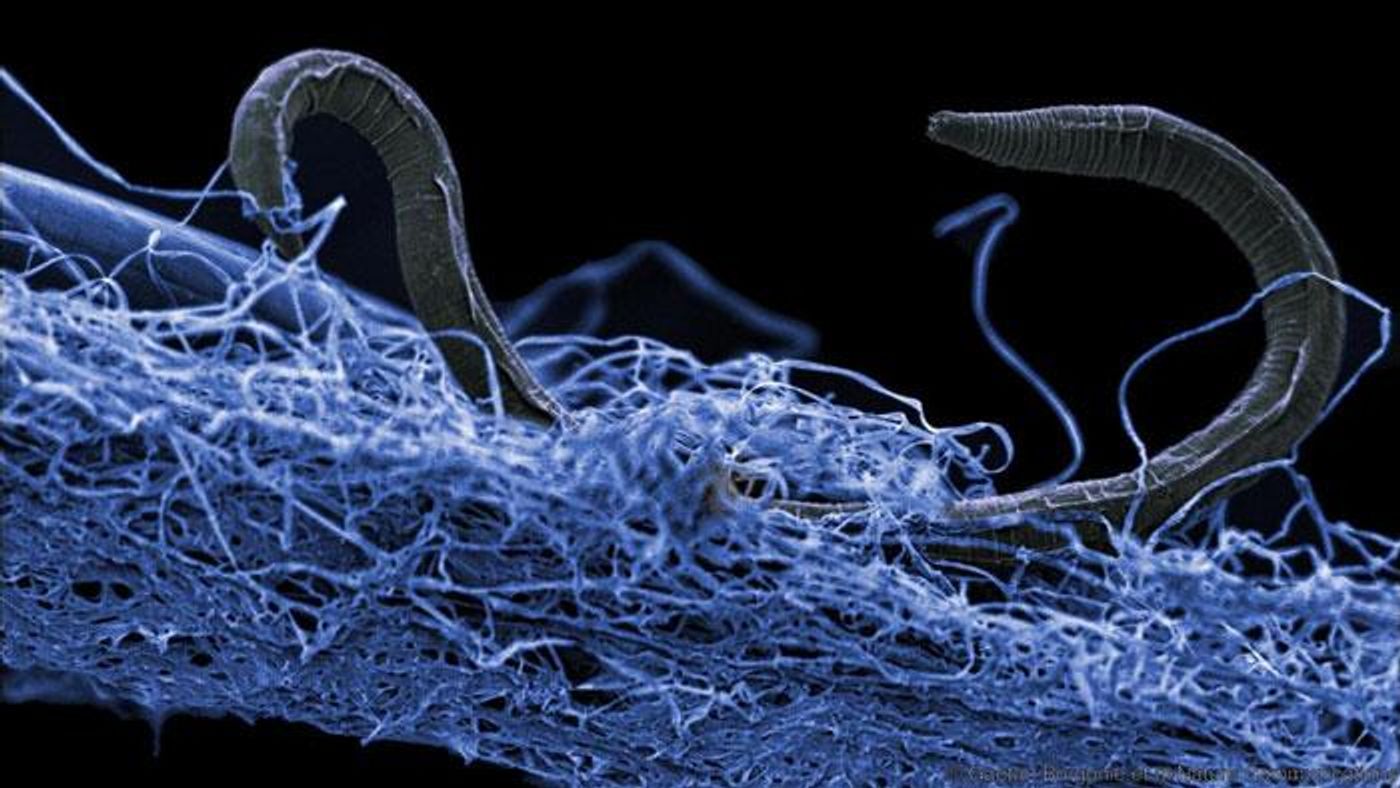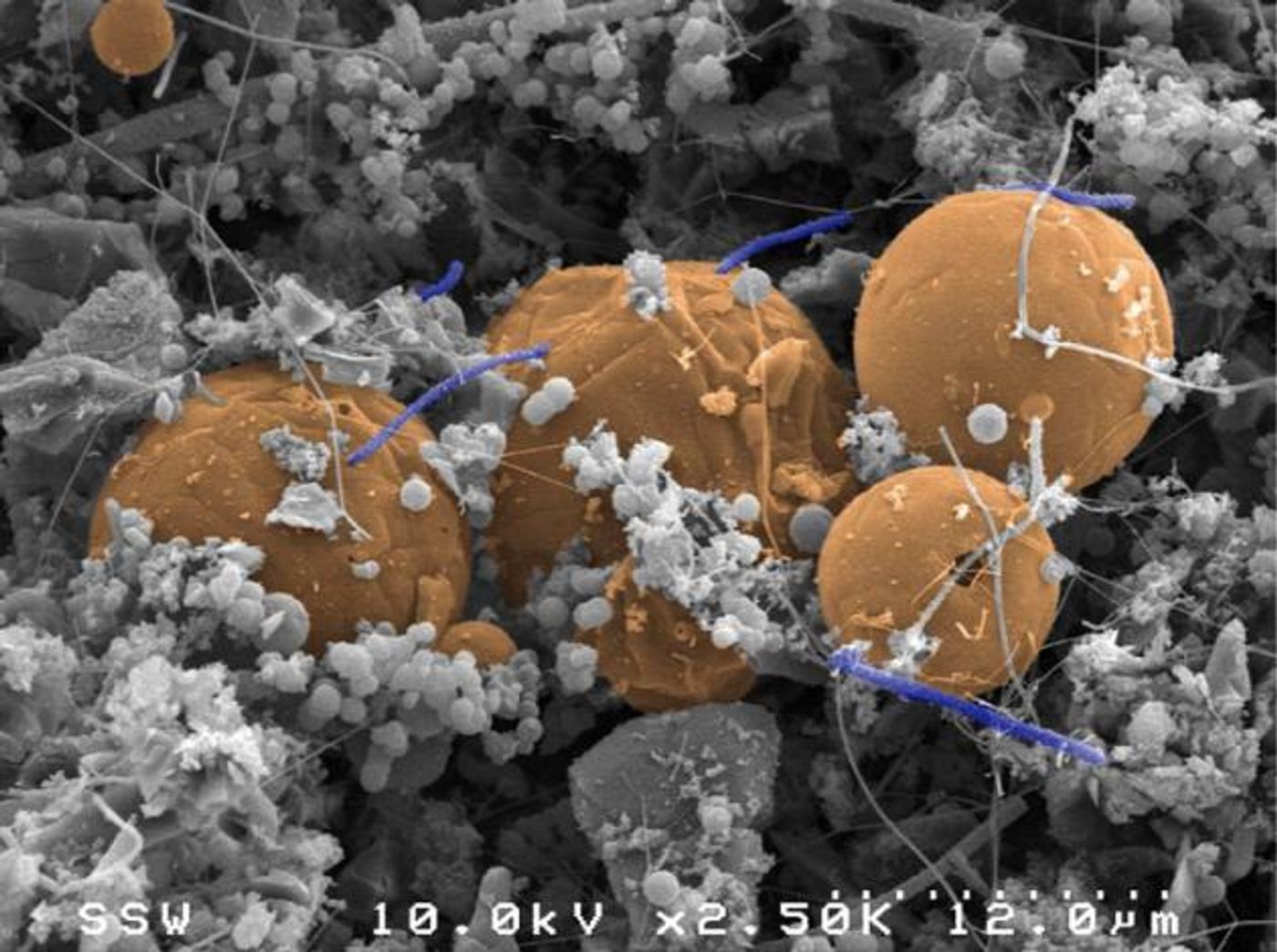The 'Deep Biosphere' of the Earth Teems with Life
Deep within the surface of the earth lies a gargantuan amount of carbon in the form of various types of microbial life, which hangs onto life in environments with scarce nutrients and extreme temperatures and pressures. Together, they constitute billions of tons of carbon-based life - more than 245 to 385 times the amount within all the humans on the planet. These findings are the product of a ten-year international collaboration and were presented ay the annual meeting of the American Geophysical Union.
"Exploring the deep subsurface is akin to exploring the Amazon rainforest. There is life everywhere, and everywhere there's an awe-inspiring abundance of unexpected and unusual organisms,” said Mitch Sogin of the Marine Biological Laboratory Woods Hole, USA, co-chair of DCO's Deep Life community.
Researchers took hundreds of samples from boreholes in the seafloor and continental mines that were over five kilometers deep. With the data they obtained, they constructed models of the ecosystem deep within the planet.
They estimate that the deep biosphere includes all domains of life - bacteria, archaea, and eukarya, but the first two dominate. Millions of mystery microbes that have not been characterized make up this mass of life, an estimated 15 to 23 billion tons spread over about two billion cubic kilometers.
The genetic diversity below the surface of the earth is greater than that on the surface, said the researchers. That vast array of life has also not yet found limits. A single-celled organism that loves hydrothermal vents on the seafloor, Geogemma barossii, is a microscopic sphere. It can reproduce happily at 122 degrees Celsius (the hottest uninhabited places on earth might reach near 70 degrees Celsius by comparison). Microbial life has also been detected at a depth of 4000 meters in marine waters, where the pressure is about 400 times more than sea level.
This work provides insight into what might be able to survive extraterrestrial environments. Some of these microorganisms can survive only on energy from rocks, for example.
"Ten years ago, we knew far less about the physiologies of the bacteria and microbes that dominate the subsurface biosphere," said Karen Lloyd of the University of Tennessee at Knoxville. "Today, we know that, in many places, they invest most of their energy to simply maintaining their existence and little into growth, which is a fascinating way to live.
"Today too, we know that subsurface life is common. Ten years ago, we had sampled only a few sites - the kinds of places we'd expect to find life. Now, thanks to ultra-deep sampling, we know we can find them pretty much everywhere, albeit the sampling has obviously reached only an infinitesimally tiny part of the deep biosphere."
This work shows that we share the world with literally tons of so-called microbial dark matter, about which we know little or nothing.
"Molecular studies raise the likelihood that microbial dark matter is much more diverse than what we currently know it to be, and the deepest branching lineages challenge the three-domain concept introduced by Carl Woese in 1977. Perhaps we are approaching a nexus where the earliest possible branching patterns might be accessible through deep life investigation,” added Sogin.
Beyond attempting to characterize some of these microorganisms, there many other questions that remain. For example: did this life originate from below, or did it get into cracks in the earth from above? Why were samples taken from different parts of the world so similar? How do geological events and human activities affect the deep biosphere?
"Our studies of deep biosphere microbes have produced much new knowledge, but also a realization and far greater appreciation of how much we have yet to learn about subsurface life," said Rick Colwell of Oregon State University. "For example, scientists do not yet know all the ways in which deep subsurface life affects surface life and vice versa. And, for now, we can only marvel at the nature of the metabolisms that allow life to survive under the extremely impoverished and forbidding conditions for life in deep Earth."
"While we are far from being able to quantify it, we believe deep life has an important impact on global biogeochemical cycles and chemical equilibria in habitable rocks. Deep life plays a role in aquifer quality, for example, or carbon capture and storage. Unfortunately, the deep biosphere is very poorly considered in engineering operations carried out in the subsurface. We recently demonstrated the high reactivity of deep biota to CO2 injections, which ultimately led to the bioclogging of the injection well, and surrounding reservoir,” said Benedicte Menez, Institut de Physique du Globe de Paris, France
Learn more about the deep biosphere from the video.
Sources: AAAS/Eurekalert! Via Deep Carbon Observatory











